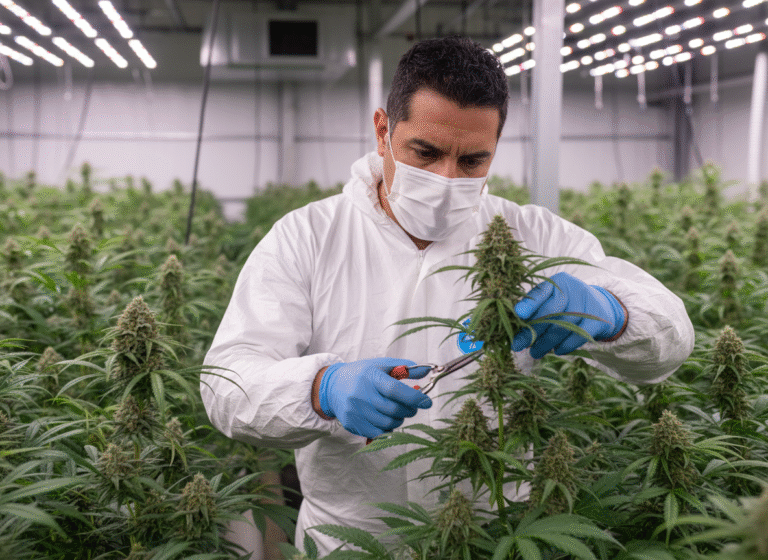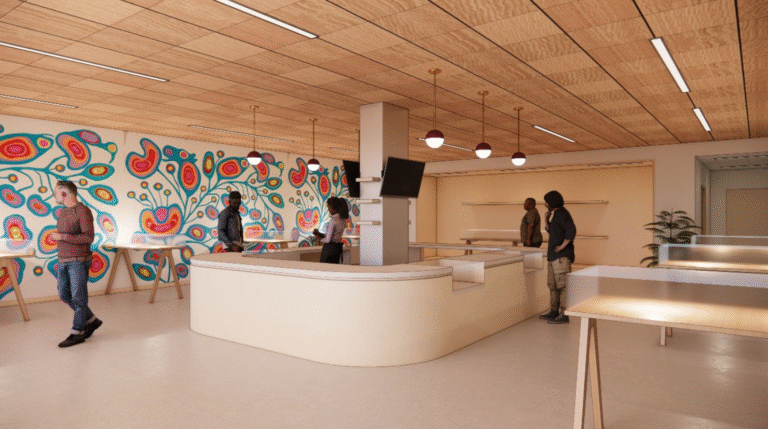Cannabis has long been associated with relaxation and winding down—but how effective is it really for sleep? As more people turn to cannabis as a natural alternative to sleep aids, science is starting to catch up with the anecdotal evidence. Whether you’re battling insomnia or just trying to improve your sleep quality, here’s what the research (and a bit of experience) has to say.
The Endocannabinoid System and Sleep
At the heart of it all is the endocannabinoid system (ECS)—a complex cell-signaling network that helps regulate sleep, mood, appetite, and more. Cannabinoids like THC (tetrahydrocannabinol) and CBD (cannabidiol) interact with ECS receptors in the brain and body, influencing everything from circadian rhythms to how deeply we sleep.
THC: The Knockout Artist
THC is the primary psychoactive compound in cannabis and the one most linked to sleep-inducing effects. Research shows that THC can reduce the time it takes to fall asleep and may increase deep slow-wave sleep during the early part of the night. However, there’s a catch—regular use of high-THC strains can lead to tolerance, and in some cases, suppress REM sleep (the dream stage), which may not be ideal for long-term restfulness. Still, for people who struggle to get to sleep, especially those with conditions like chronic pain or PTSD, THC can be a game-changer.
CBD: The Balancer
CBD works a little differently. It’s non-intoxicating and has a calming, anti-anxiety effect that can support relaxation without the “high.” Some studies suggest that CBD may improve overall sleep quality, especially in people who suffer from anxiety-related insomnia. It’s often used in combination with THC to balance out the psychoactive effects and help create a more stable and restful experience.
Indica vs. Sativa: Does It Matter?
You’ve probably heard that indicas are for nighttime and sativas are for daytime—but that’s more folklore than fact. What really determines a strain’s effects are its cannabinoid and terpene profiles.
Terpenes are aromatic compounds that also influence how a strain feels. For sleep, look for strains high in myrcene, linalool, or terpinolene—all known for their sedative and relaxing properties. Think of them as the natural aromatherapy side of cannabis.
Best Strains for Sleep
Some classic go-to strains for sleep include:
-
Granddaddy Purple – High in myrcene, deeply relaxing
-
Northern Lights – A gentle body high with calming mental effects
-
9lb Hammer – As the name suggests, it’s heavy-hitting for sleep
-
Pink Kush – A favorite for easing anxiety and pain before bed
The Dosage Dilemma
More isn’t always better. Too much THC can actually lead to grogginess the next day or racing thoughts that make it harder to sleep. Start low and go slow—especially with edibles, which can take 30 minutes to 2 hours to kick in. Many users find that microdosing or using a 1:1 THC:CBD ratio gives them the best sleep with the fewest side effects.
Timing is Everything
If you’re using cannabis to sleep, timing matters. Smoking or vaping tends to take effect quickly—within minutes—so it’s best to use it 30 to 60 minutes before bed. Edibles take longer, so plan ahead and consume them at least an hour or two before you plan to sleep.
The Bottom Line
Cannabis can be a helpful sleep aid, especially for those with trouble falling or staying asleep due to anxiety, pain, or stress. THC may help knock you out, while CBD and calming terpenes help keep you grounded and relaxed. But like any sleep solution, it’s not one-size-fits-all. Pay attention to your body, track what works, and don’t be afraid to experiment—with guidance if needed.
Science says it works. Experience says it works. The real key is finding your sweet spot and letting cannabis become part of your bedtime ritual—not your crutch.




